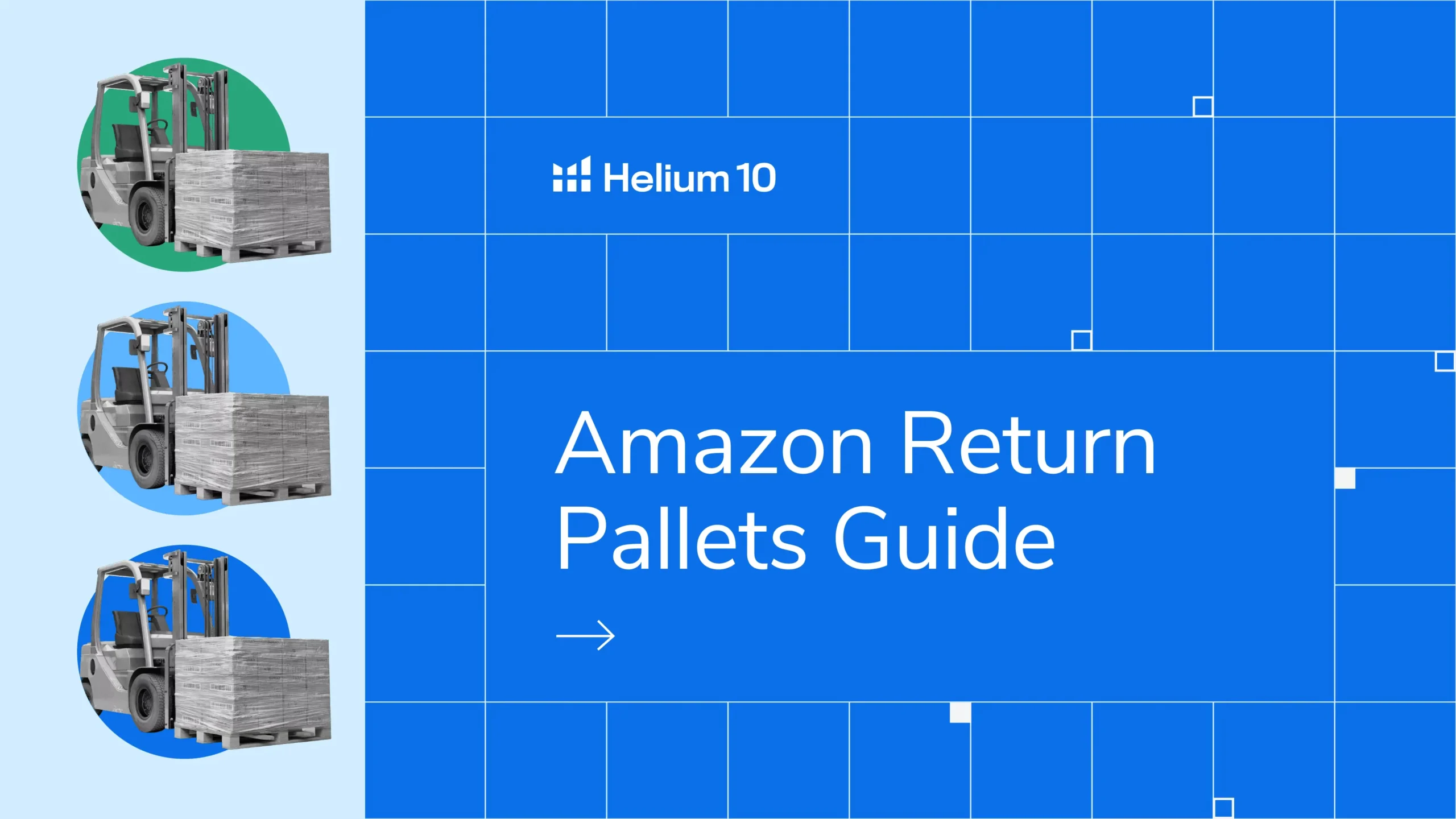
Amazon Return Pallets: How to Buy Amazon Return Pallets


Table of Contents
- Introduction
- What Does Amazon Do With Its Returns?
- Can You Buy Amazon Returns?
- What Are Amazon Return Pallets?
- What Kind of Items Are Included in Amazon Return Pallets?
- What Can You Expect From an Amazon Pallet Sale?
- How Much Do Amazon Return Pallets Typically Cost?
- Are Amazon Return Pallets Worth It? (Pros & Cons)
- Pros:
- Cons:
- How to Buy Amazon Return Pallets
- BULQ
- Direct Liquidation
- Liquidation
- B-Stock Solutions
- Liquidity Services
- How to Buy the Right Kinds of Amazon Return Pallets
- Join B2B Liquidation Marketplaces
- Compare Products on Different Marketplaces
- Find a Reputable Seller
- Consider Your Shipping Costs
- Buy Amazon Return Pallets on B-Stock
- Choose Manifested Over Mystery Pallets
- Pro Tips on Selling Amazon Return Pallets
- Thoroughly Inspect Returns
- Repackage Items with a Professional Touch
- Aggressively Price
- Leverage Facebook Marketplace, Craigslist, or eBay
- Conclusion
Introduction
With barriers to entry dramatically reduced in recent years, selling on Amazon is still incredibly competitive. However, it is still possible for hard-working independent sellers to find success on the platform.
All Amazon sellers — from the biggest to the smallest — have a huge opportunity to penetrate the market so long as they find a profitable methodology for selling. A great method to generate this profit is by purchasing and selling Amazon return pallets.
This all-encompassing guide featured will walk you through the process of buying Amazon return pallets step-by-step so you can be well positioned to leverage this unique and less often used tactic.

Outclass Your Competitors
Achieve More Results in Less Time
Maximize your results and drive success faster with Helium 10’s full suite of Amazon and Walmart solutions.
Sign Up for FreeWhat Does Amazon Do With Its Returns?
What Amazon does with the returns depends on what the sellers (whether 1p or 3p) want to do with them. Some are repackaged and resold as new or used via “Amazon Warehouse Deal” or “Amazon Renewed,” while others are returned to the seller, donated, or liquidated via Amazon return pallets.
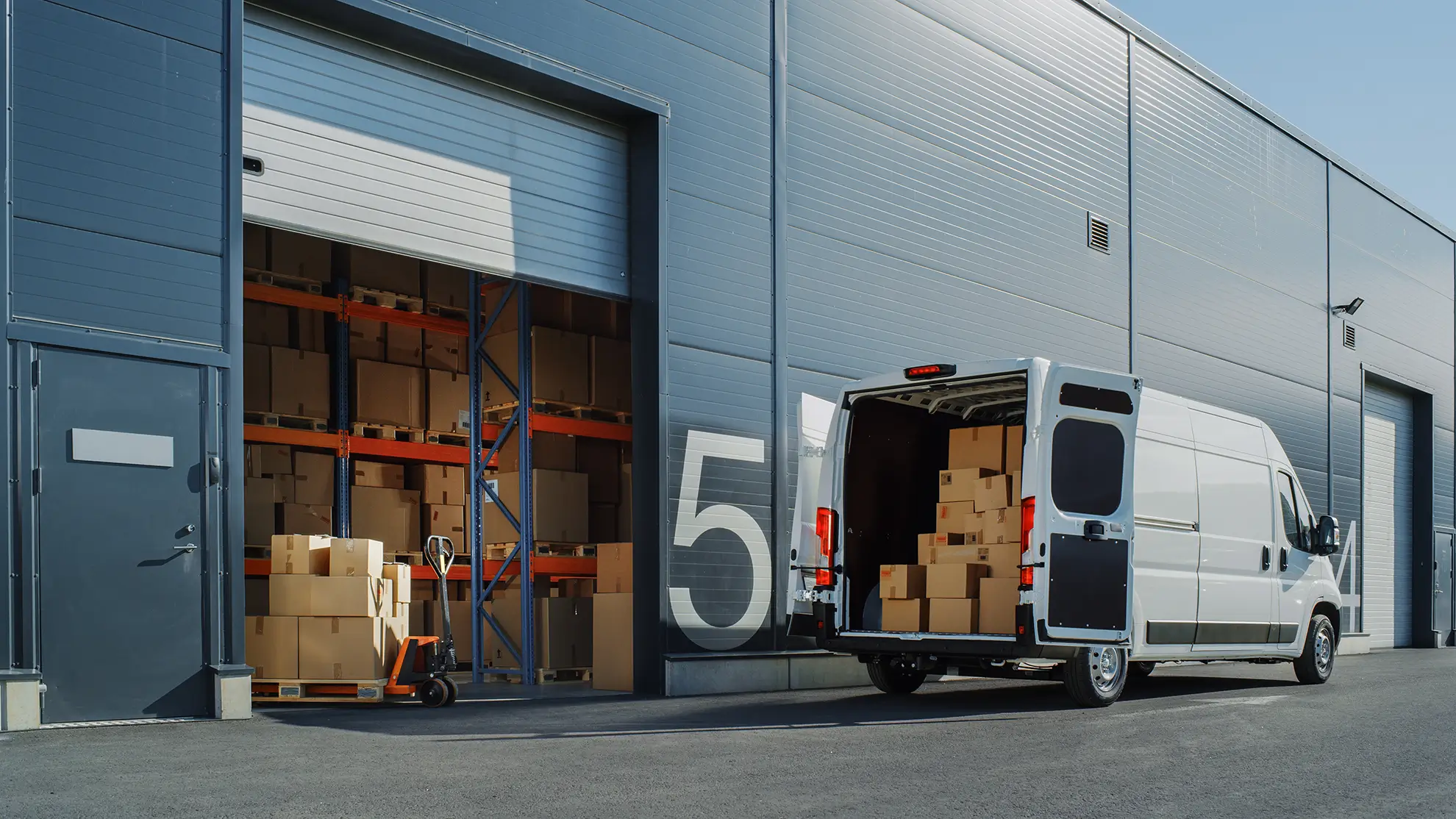
Can You Buy Amazon Returns?
Yes, you can buy Amazon return pallets via third-party liquidators thanks to the Amazon Liquidation program. These third-party liquidation websites work with liquidators who purchase bulk quantities of returned merchandise from Amazon and other retailers and then resell them to businesses or individuals.
What Are Amazon Return Pallets?
Amazon return pallets refer to crates of products that have been returned to Amazon by customers for various reasons, such as damaged packaging, buyer’s remorse, or product defects. These pallets typically contain a mix of items from various product categories, including electronics, clothing, toys, household items, and many more.
When customers return items to Amazon, the seller often inspects the products to determine their condition. If the items are still in sellable condition, they may repackage the item and resell them through “Amazon Warehouse Deals” at a discounted price. However, some returned items may have minor defects or damages that prevent them from being resold as new. These returned items are then often grouped together onto pallets and sold to liquidation companies or wholesalers who specialize in purchasing these types of products. These companies then sell the pallets to individuals who are willing to buy bulk lots of items at a discounted price.
Buying Amazon return pallets can be a way for businesses to acquire inventory at a lower cost, but it comes with risks, as the condition of the items can vary widely, and there may be a higher rate of defective or unsellable products compared to buying new merchandise directly from manufacturers or distributors.
What Kind of Items Are Included in Amazon Return Pallets?
Amazon return pallets can contain a wide variety of items from virtually any category that Amazon sells. Some common types of items you might find in Amazon return pallets include: electronics (smartphones, tablets, laptops, etc.), clothing (shirts, shoes, jackets, etc.), home and kitchen appliances (coffee makers, blenders, toasters, etc.), health and beauty products (skincare items, cosmetics, haircare, etc.), and many others.
It’s important to note that the specific contents of Amazon return pallets can vary greatly depending on factors such as the source of the returns, the condition of the items, and the policies of the liquidation company or wholesaler selling the pallets. Therefore, it’s advisable to thoroughly research and understand the contents of a pallet before making a purchase.
What Can You Expect From an Amazon Pallet Sale?
When purchasing Amazon return pallets, there are a variety of things you should consider. You may receive merchandise with a wide variety of conditions; some will be brand new while others may be used or damaged, or have missing parts. Receiving a large number of defective or unsellable items is one of the most significant risks when buying return pallets, but if you’re able to refurbish or sell through other marketplaces (i.e. Facebook) by clearly stating what’s wrong with them item, you can still come out on top.
You’ll also be receiving a wide variety of products, some of which may be more viable than others for reselling. In terms of the positives, you’ll be able to acquire a large amount of items at significantly discounted prices, which will allow you to price competitively while still maintaining a strong profit margin.
Buying Amazon return pallets can be a viable option for acquiring merchandise at a discounted price, but it’s essential to conduct thorough research, assess the risks, and understand the terms and conditions before making a purchase.
How Much Do Amazon Return Pallets Typically Cost?
Amazon return pallets typically cost between $100-$10,000 depending on what items are included. Household items will cost less and electronics will usually cost more. The cost of each pallet can also vary depending on factors such as weight, size, product categories, manifest details, and auction competitiveness.
Are Amazon Return Pallets Worth It? (Pros & Cons)
Below are some lists of the primary pros and cons you will experience when buying and selling Amazon return pallets:
Pros:
- You can acquire these products at a significantly discounted price, which increases profitability
- You’ll receive a wide variety of products which will allow you to run product tests to see which ones you may want to consider selling long-term
- You can lean into the environmental/sustainability benefits of selling returned items to help reduce waste and the overall environmental impact
- You may be able to find some hidden gems that you never would have considered selling previously
Cons:
- These return pallets contain a mix of items in various conditions, making it time-consuming and challenging to sort the wheat from the chaff
- Having to manage a long list of ASINs and product listings with low levels of inventory is not very scalable
- The products likely won’t have warranties
- You may receive products that are highly competitive to resell
- The amount of time and effort required to manage this style of business is much greater compared to FBA
Overall, while buying Amazon return pallets can offer opportunities for cost savings and potential profits, it’s essential to weigh the pros and cons carefully and conduct thorough research before making a purchase. Understanding the risks and challenges involved can help buyers make informed decisions and maximize their chances of success.
How to Buy Amazon Return Pallets
Instead of purchasing Amazon return pallets straight from the source, resellers have the opportunity to buy them from large liquidation businesses that specifically specialize in overstocked and returned items. 5 of the top sites for resellers to check out include:
BULQ
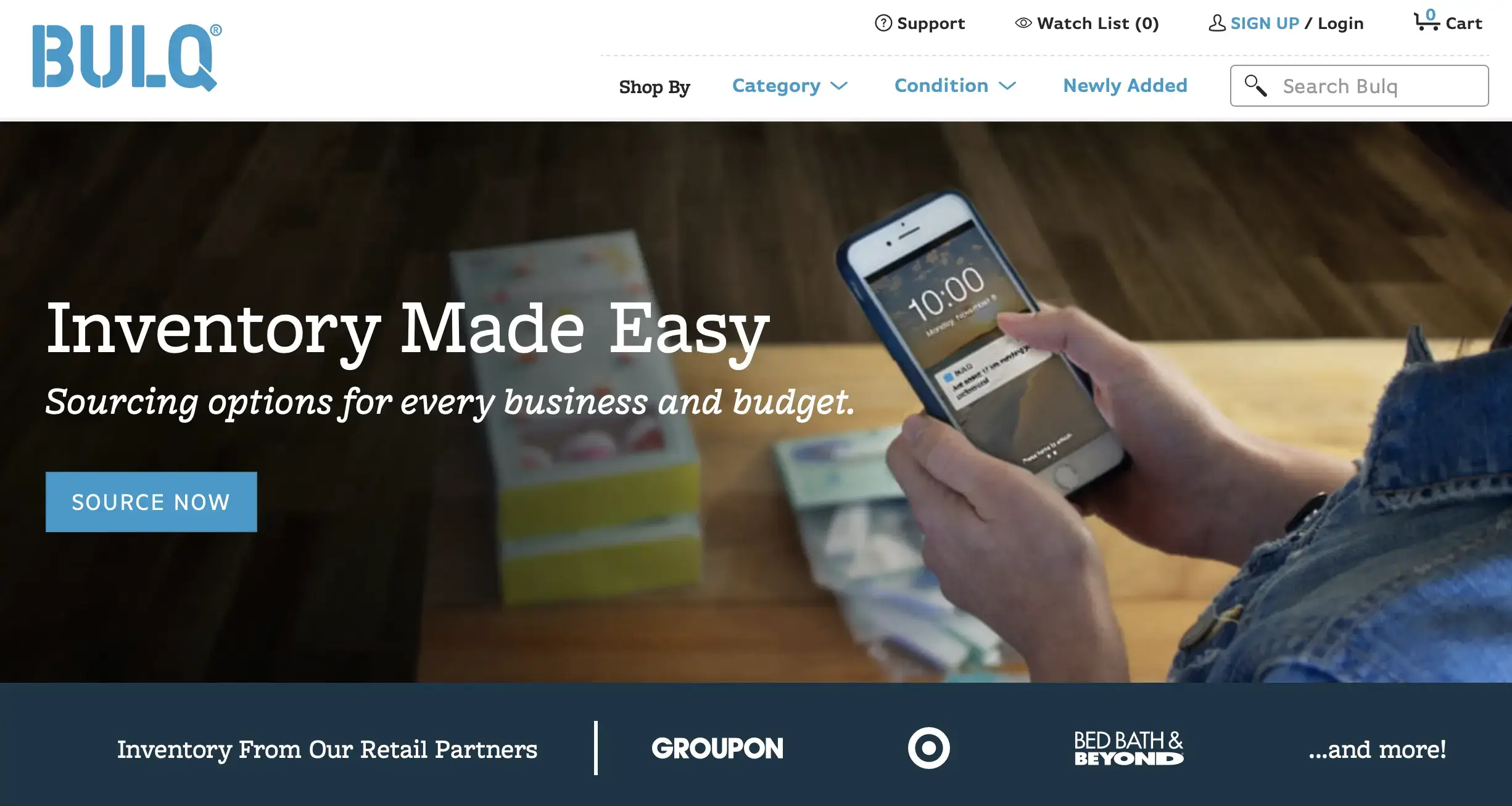
Offering one of the largest selections of Amazon return pallets currently available, this site allows resellers to purchase pallets from $100-$10,000 dollars depending on the contents. While they’re easy to use, responsive, and frequently get new pallets, the combination of pricy shipping costs and occasionally incorrect manifest details may turn buyers away.
Direct Liquidation
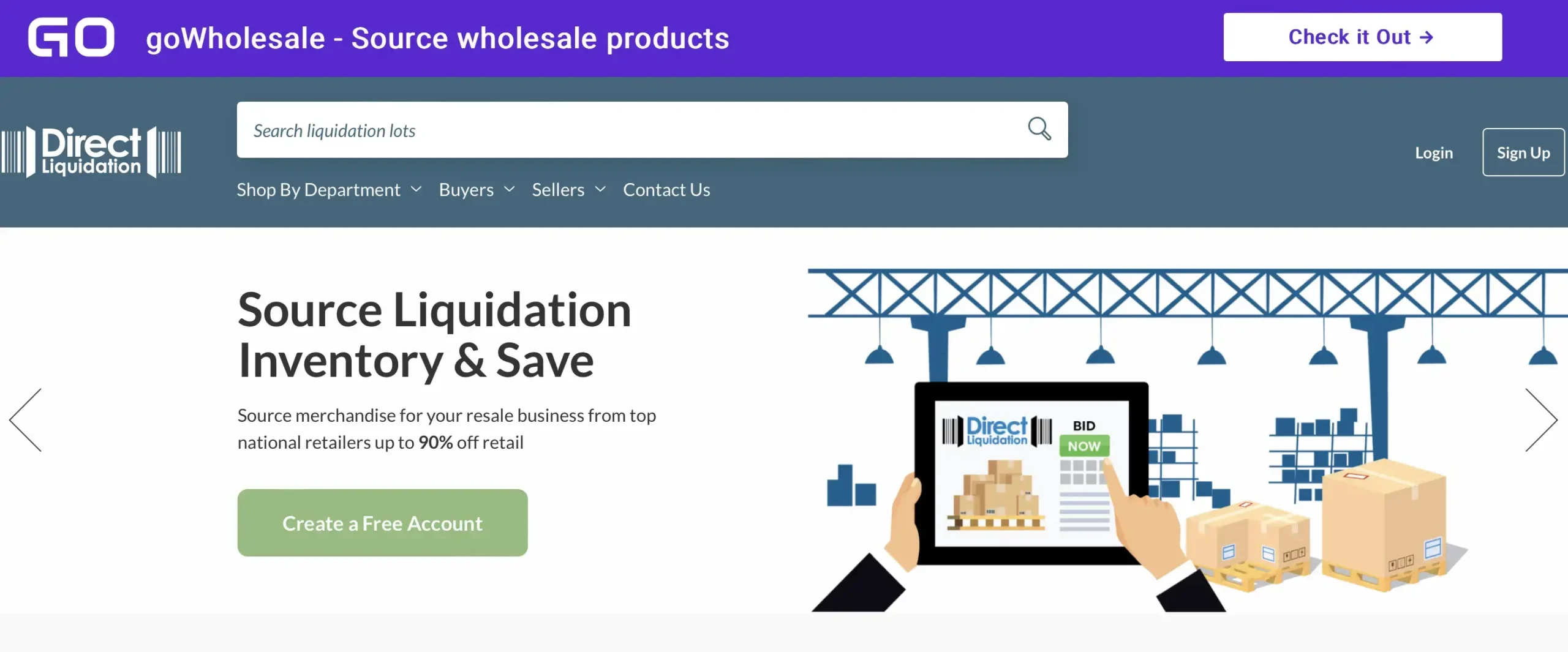
Providing easy and transparent access to overstocked and returned items from providers such as Amazon allows this site to be a top contender for resellers to choose from. These buyers should keep in mind, though, that there may be restrictions when purchasing small volumes in addition to high shipping fees and incorrectly labeled pallet contents.
Liquidation
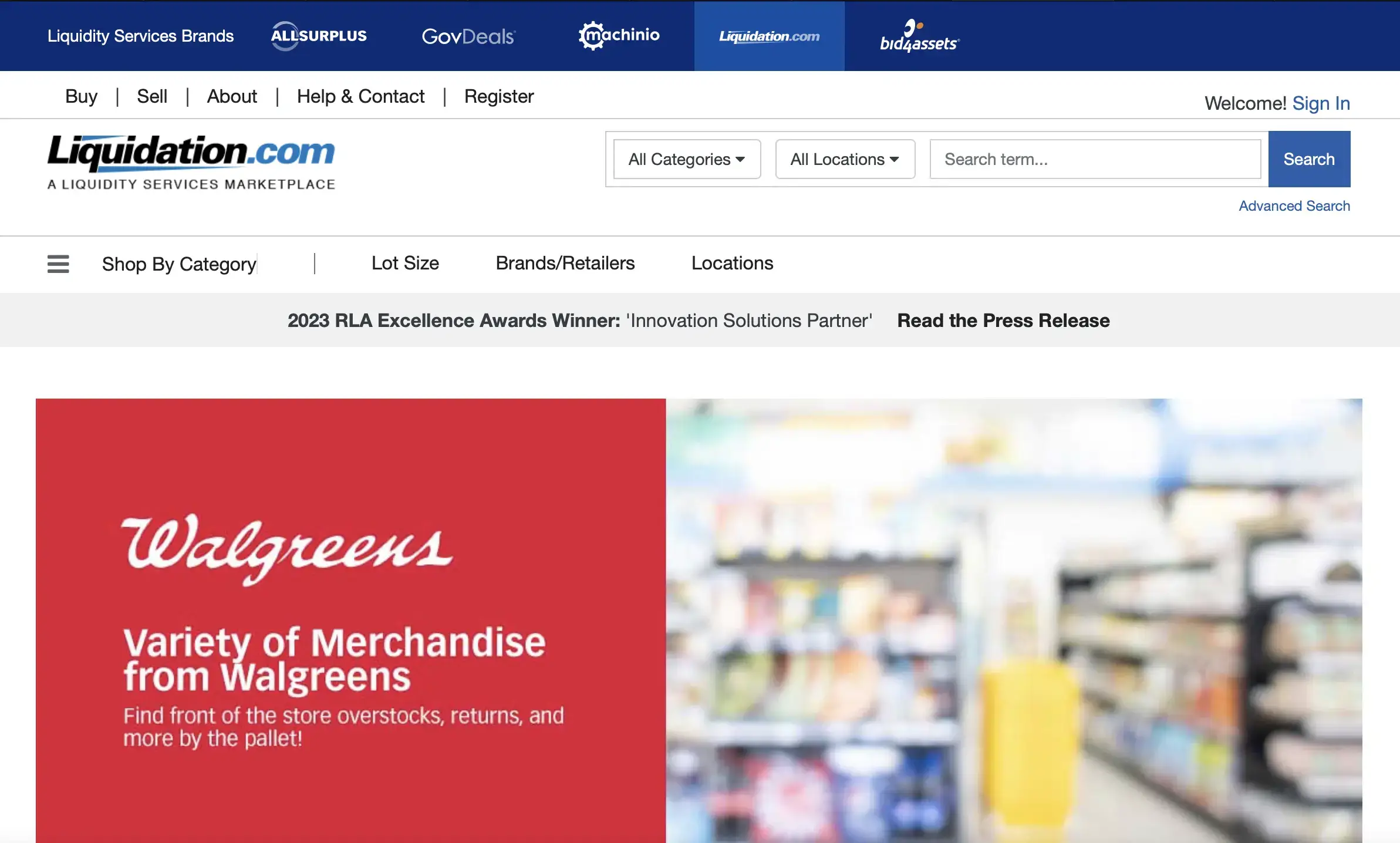
With a focus on wholesaling and industrial liquidations, this site can still be a good place to find Amazon return pallets. However, buyers will have to face a somewhat complicated auction process to get great deals on the inventory finds they’re looking for.
B-Stock Solutions
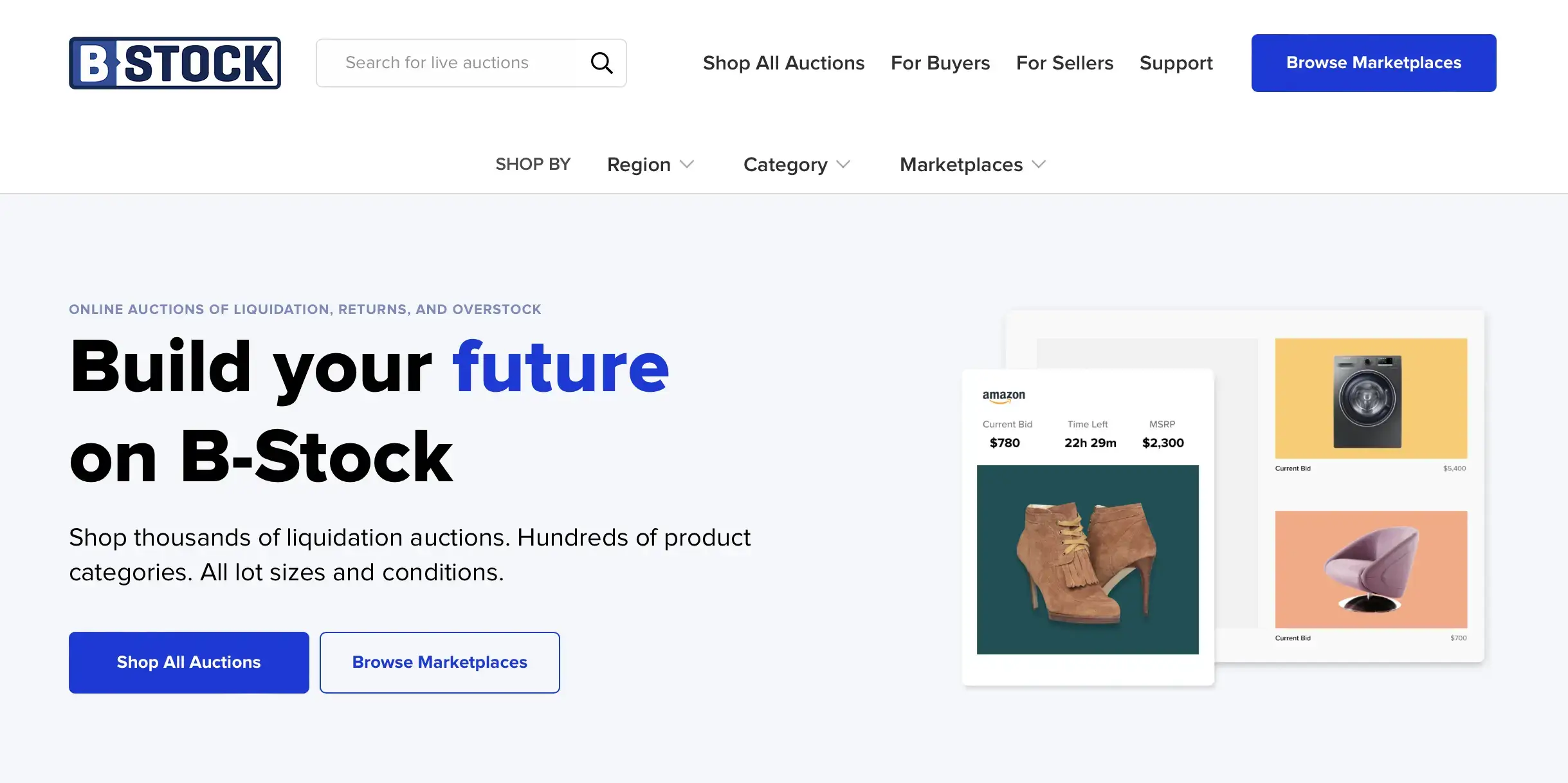
Directly owned and operated by Amazon, this site offers great deals on Amazon return pallets for vetted business customers and resellers. This exclusivity means early access to inventory deals before the pallets are snatched up by other giant liquidators. Keep in mind, though, that early access means pricier pallets and reselling policies that buyers may find too restrictive.
Liquidity Services
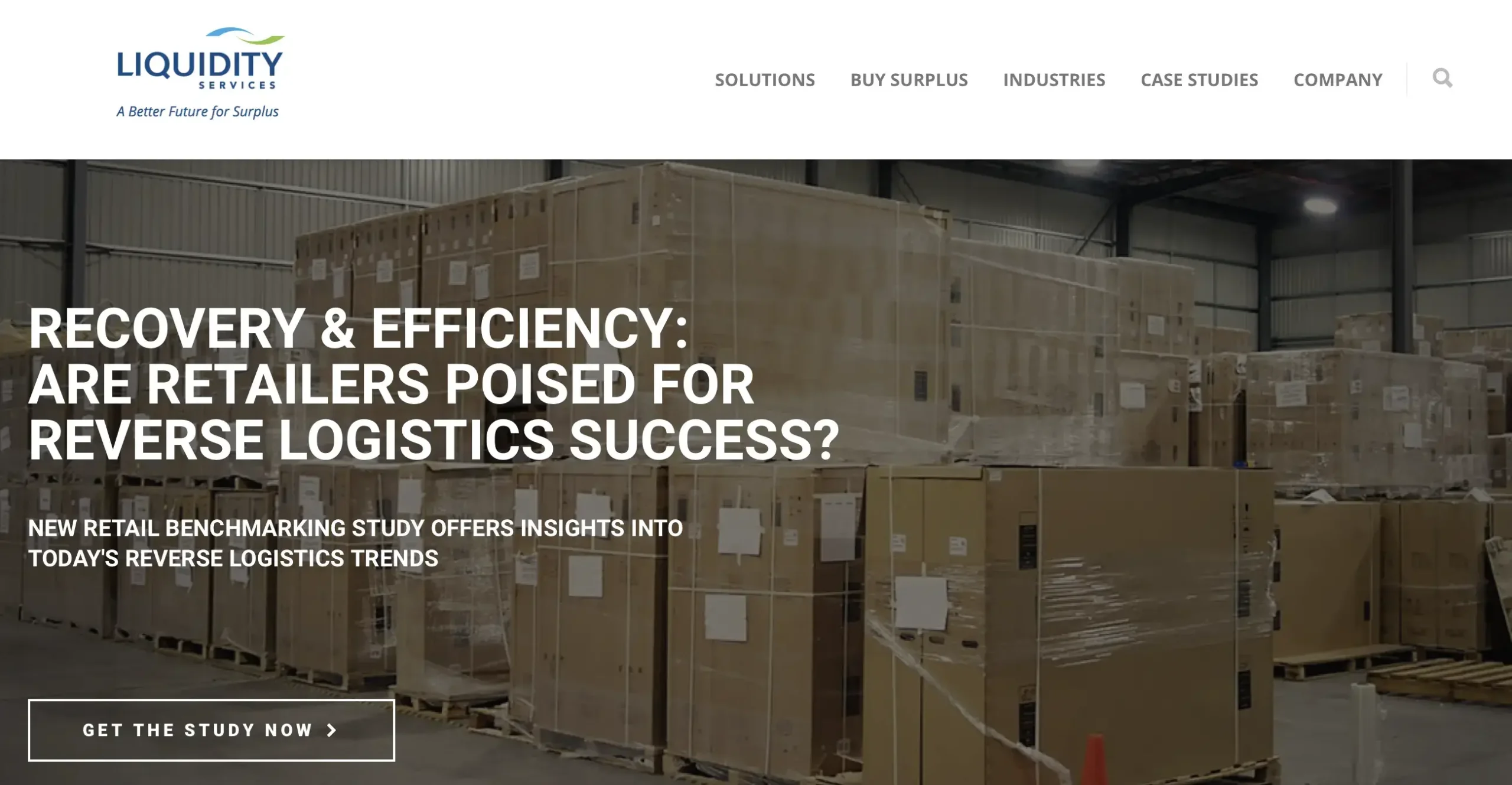
With onsite Amazon return pallet inspections and large bidding events held at their Ohio warehouse throughout each month, this supplier may be good for first-time pallet resellers. They’ll be able to look at each pallet in person instead of online and see for themselves whether it’s worth buying. However, it may be too costly to travel to Ohio for some resellers to take advantage of these events.
How to Buy the Right Kinds of Amazon Return Pallets
With careful preparation, intuition, and no small amount of luck, resellers will be able to succeed in purchasing one or more Amazon returns pallets and start making a steady profit. Check out these tips below to discover great ways to purchase these pallets.
Join B2B Liquidation Marketplaces
Buyers can take advantage of B2B liquidation markets by comparing purchase histories and feedback ratings, followed by a period of vetting every marketplace’s unique policies, and then they can easily bookmark a list of their favorite platforms to be fully prepared when auctions begin.
Compare Products on Different Marketplaces
Compare products in different marketplaces by cross-referencing Amazon return pallet contents, size specifications, category themes, price per item, and other shipping particulars. Then, closely follow niche liquidators for the latest info on hot products while always researching better deals.
Find a Reputable Seller
It’s important to carefully vet each seller before purchasing an Amazon returns pallet. You can do this by verifying the time they’ve been in the industry and other professional company info pages. You can also choose to search the Better Business Bureau to discover even more crucial data regarding your chosen seller.
Consider Your Shipping Costs
When considering your shipping costs, it pays to look beyond pallet prices and instead think about freight fees. One of the best ways to go about this is to carefully study sectional shipping cost tables for each marketplace to find a rough estimate of the freight fee for your location.
Buy Amazon Return Pallets on B-Stock
When purchasing Amazon returns pallets from B-Stock, you can obtain advantages you wouldn’t otherwise have such as early access to pallets, reduced logistics costs, and — most importantly — the opportunity to foster a relationship with B-Stock managers.
Choose Manifested Over Mystery Pallets
With manifested pallets, you’re able to discover a specific list of included items, procurement values, and condition assessments for each pallet. You can also easily verify precise quantities, brands, product categories, model numbers, and much more that will help you decide if that Amazon returns pallet is right for you.
Pro Tips on Selling Amazon Return Pallets
Thoroughly Inspect Returns
To ensure you’re only selling quality products that will result in positive reviews, it’s critical that you weed out the wheat from the chaff. Carefully inspect each item to identify any defects customers might fixate on, and if they’re too flawed to resell as new, you may need to resell as used or sell via a different platform (i.e. Facebook Marketplace).
Repackage Items with a Professional Touch
When repackaging items, you may want to design your own packaging for various sizes so that you can easily remove the product from the old package and place in new boxes. If you sell an item in a box that’s beat up or has Styrofoam that’s been ripped through and not properly repackaged, it could lessen the customer experience and encourage them to write a negative review.
You can easily increase the resale value of the items received on the Amazon returns pallet by refurbishing, sanitizing, and repackaging items to a level that looks brand new or slightly used. When reselling electronics, you should also consider increasing the value of the product by adding in chargers, cables, accessories, and other items that enhance the customer experience.
We also recommend staying extremely organized throughout this process; if you don’t carefully catalog every item you receive and repackage as soon as you receive them, your warehouse or storage room may cause you more stress than you’d imagine.
Aggressively Price
When you’re reselling Amazon return pallets, you have a massive advantage in terms of price due to the deep discounts you receive when purchasing them. You should leverage this in your favor to outprice your competitors on Amazon. Make it a priority to have the best price while still maintaining a 15-30% (minimum) profit margin at all times. Remember that your goal is to move this product as quickly as possible so that you don’t incur massive amounts of warehousing fees.
Leverage Facebook Marketplace, Craigslist, or eBay
After you’ve received your Amazon return pallet and you’ve done extensive analysis, you’ll likely find that a handful of the products won’t be profitable to resell through FBA or FBM (i.e. too competitive, too costly to pay for warehousing / shipping, etc.). In this case, you still need to profit somehow, and it’s likely that you will need to turn to alternative marketplaces, such as Facebook, Craigslist, or eBay.
These platforms are excellent options for one-off products that you don’t have many units for. Keep in mind that with Facebook and Craigslist, potential customers will likely try to negotiate. You could either price high to account for that, or price at a reasonable rate (still with a 15-30% profit margin) and explicitly say in the product description that you are pricing fairly and you’re not open to negotiation.
Ready to turn Amazon return pallets into profitable inventory?
Helium 10's product research tools can help you analyze the potential profitability of items in your pallets, track competitors' pricing, and optimize your listings for maximum visibility. <br /> <br /> Don't leave money on the table – sign up for your free Helium 10 account and start making smarter decisions with your return pallet inventory today!
Conclusion
Effectively selling Amazon return pallets can be a great opportunity to earn a huge profit, especially for newcomers to e-commerce. However, logistical concerns and making an effort to mitigate any risks can be challenging for many. That is why it is crucial to make excellent use of the tips in this guide so that you will have the best possible chance to create a profitable reselling empire.
Frequently Asked Questions
Achieve More Results in Less Time
Accelerate the Growth of Your Business, Brand or Agency
Maximize your results and drive success faster with Helium 10’s full suite of Amazon and Walmart solutions.

